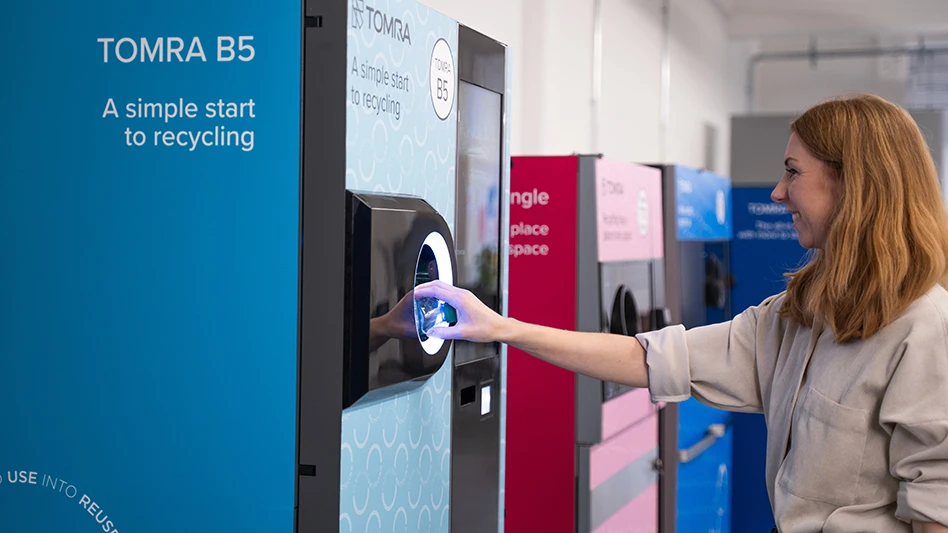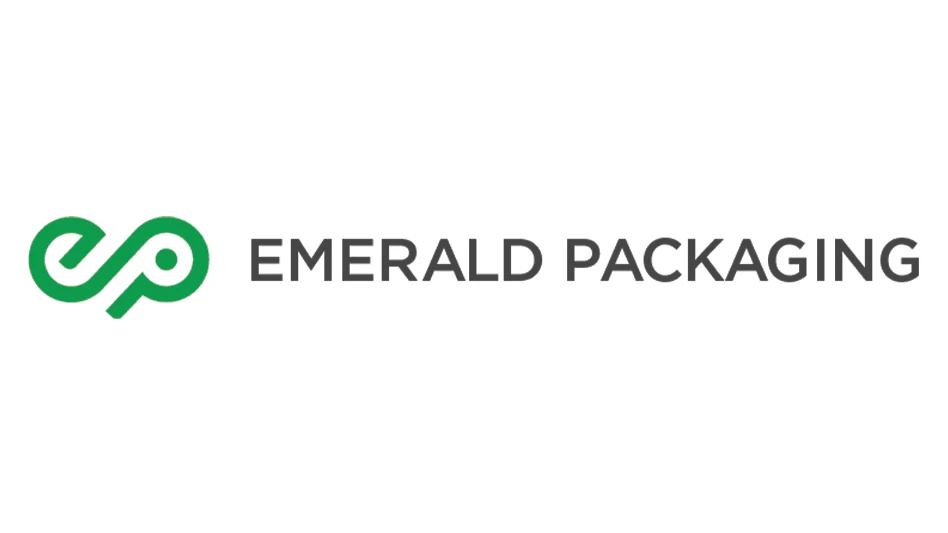
Photo courtesy of C&C Manufacturing LLC.
Part of the scrap metal business model involves trucking material to large, centralized yards with high-volume processing equipment. Sometimes, however, metal recyclers must send out smaller, portable equipment to points of scrap generation.
Portable shear/baler/loggers and similar pieces of towable baling and shearing equipment have become an important processing option for companies that want to expand their access to material that may be situated a long way from their nearest yard.
Equipment vendors say several different situations arise that call for a portable scrap shear or baler to be brought in by trailer and set up on-site and several factors must be weighed when a company decides it is time to buy such a piece of machinery for portable use.
Suitable for many occasions
Geographic limitations always figure in to whether a scrap company opts to buy material, and similar calculations must be made when it comes to both buying and using portable balers or shears.
Within the right return on investment (ROI) parameters, however, a portable unit can be deployed in many different situations.
“Shear/baler/loggers can process many types of materials, including select No. 1 heavy melting steel (HMS), No. 2 HMS, loose tin, autos, appliances, aluminum and stainless steel,” says Bob Pfeffer, a product manager in North America for Europe-based Metso.
Curt Spry, sales manager for United States-based Al-jon/C&C Mfg., comments, “The shear/baler is very diversified, and capable of processing many types of scrap.” C&C, in addition to offering the Al-jon line of recycling machinery, distributes the Italy-made Ing. Bonfiglioli line of mobile scrap processing equipment.
Models on the equipment market have varying degrees of portability, but the cost and labor hours required to buy, maintain, move and set up such machines means destinations need to have enough scrap on site to be worthwhile.
Candidates to host a portable shear or baler are thus limited to a handful of major scrap generating situations. Says Pfeffer, “Shear/baler/loggers usually would be utilized for making the rounds at smaller feeder yards, demolition projects or [for] other cleanup requirements.” Some recyclers also use them to preprocess auto bodies at dismantling yards to acquire and prepare them for shredding.
While such machines are portable, they can nonetheless require special permits to be towed onto many roads and highways, says Pfeffer, and towing them “usually requires a four-axle tractor.” He adds, “The transportable unit does require a special multiaxle low boy trailer to be relocated within a facility or taken on the highway.”
Says Spry, “The Bonfiglioli line of portable gravity-fed shears requires a three-axle truck and an extended rail trailer.” Recyclers are choosing to meet those requirements, according to Spry, who adds, “The gravity-fed shear has really taken off in the marketplace due to its portability, cost of operation and production capabilities.”
Metso is among the manufacturers also offering a track-mounted model that can move from point to point once it is on location at a job site. “The track-mounted units are designed for movements within a scrap processing yard from stockpile to stockpile, and are not [as] suitable for the open road,” says Pfeffer.
Seeking the right ROI
Taking advantage of that open road with a portable shear or baler can be an opportunity, but it is one that has to be considered carefully, say vendors.
With larger units, “It is common to have a small geographical range for shear/balers, [since] most require extensive setup and tear down, making it difficult to move the machine around in the yard,” says Spry.
Pfeffer says most recyclers who seek offsite opportunities to use their portable units typically stay within a fairly limited geographical area. Large-scale demolition projects can be an exception, he says, with a larger scrap volume justifying a longer journey.
Taking advantage of the portability factor can be a main reason why smaller models often are a logical choice for many recyclers entering the onsite service sector.
“Our most popular units are either the 660-ton or the 700-ton models,” states Pfeffer, although he notes Metso also offers 880-, 1,000- and 1,100-ton models “in either mobile or transportable versions.”
He continues, “When speaking portability, size does matter. You really need to stay on the smaller end of the spectrum for the most versatility. The larger you go the heavier the unit is and the more expensive it is to move.”
Spry says he has found a warm reception for Ing. Bonfiglioli gravity-fed shears because “the gravity fed shear, in most cases, is easy to move.” The operator, he says, needs merely to “raise the hydraulic landing gear, back a trailer under the machine, lower the machine onto the trailer and you are off.”
That’s not to say, Spry adds, that there isn’t market for larger, higher-volume machines. “It always seems that you never build a big enough barn or garage, and the same is true with shears,” he remarks. “I guess [when selecting a model], it is to buy what you can afford or what you can justify with the material you are processing, and ask: What will be your ROI?”
The author is a senior editor with the Recycling Today Media Group.
Latest from Recycling Today
- ReMA urges open intra-North American scrap trade
- Axium awarded by regional organization
- China to introduce steel export quotas
- Thyssenkrupp idles capacity in Europe
- Phoenix Technologies closes Ohio rPET facility
- EPA selects 2 governments in Pennsylvania to receive recycling, waste grants
- NWRA Florida Chapter announces 2025 Legislative Champion Awards
- Goldman Sachs Research: Copper prices to decline in 2026





